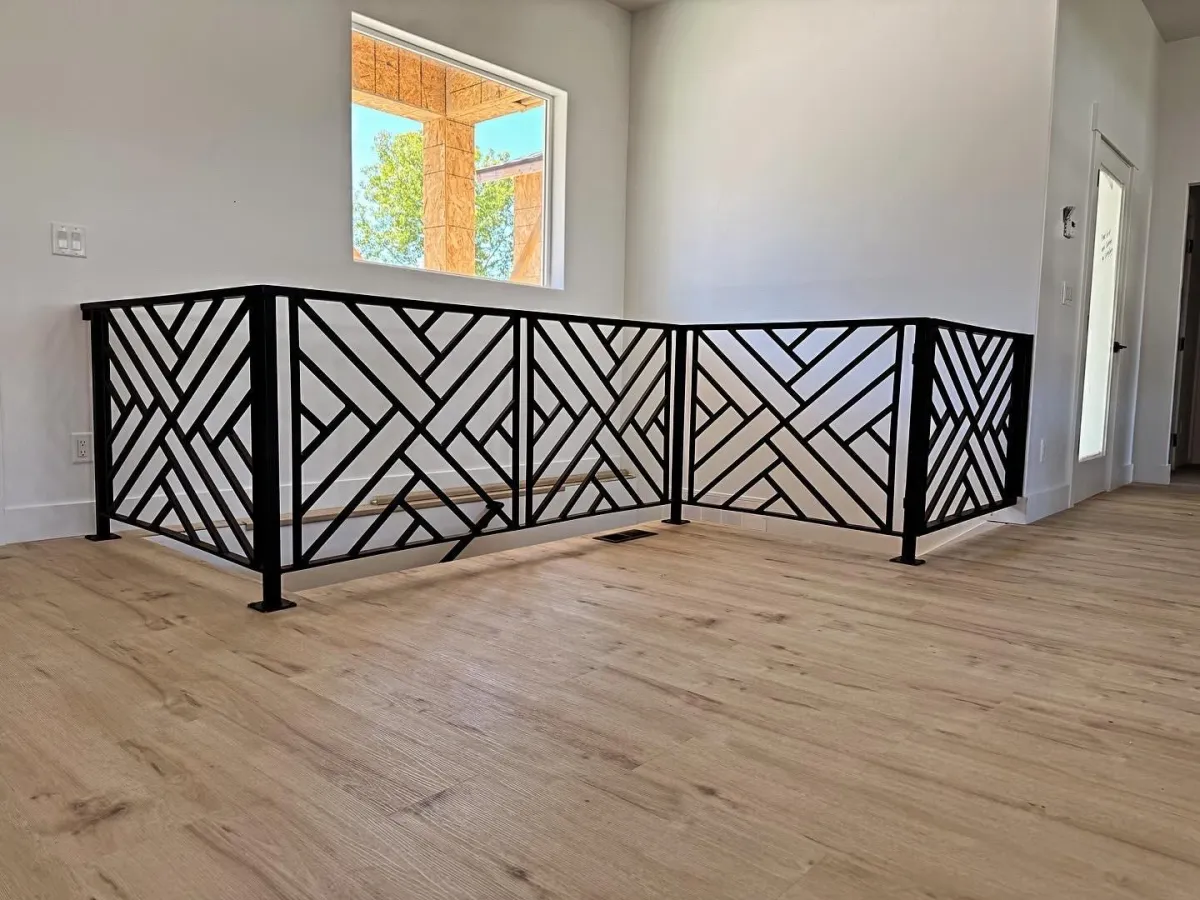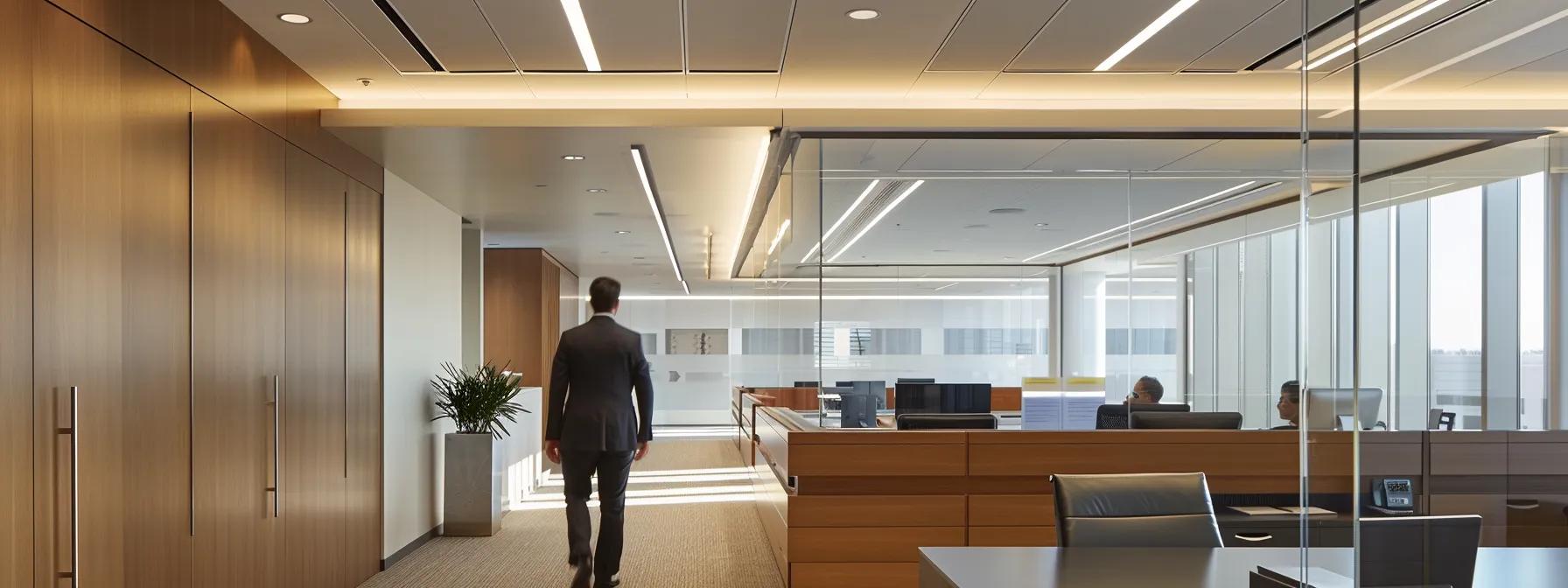
Steps to Determine if Your Railing Is Properly Secured
How to Verify the Security of Your Railing
Understand the Basics of Railing Security and Safety Standards
You begin by asking, "What are the basics of railing security and safety standards?" Railing systems must meet predefined safety standards that protect users from falls and structural failures. Key principles include load-bearing capacity, proper anchorage, and adherence to local building codes. These standards, set by industry experts and government bodies, help ensure that railings remain secure during ordinary use and emergencies. It is essential to reference specifications from organizations such as OSHA and local building departments for detailed guidelines on dimensions, materials, and installation practices.
Research Local Building Codes for Railing Installations
You might ask, "How can I research local building codes for railing installations?" Access your city or county building department’s guidelines to find instructions on railing height, spacing, and structural integrity. For instance, many municipalities require a minimum railing height of 42 inches for decks and balconies, while stair railings may have different demands based on step design. Thorough research of local requirements helps avoid costly repairs and safety hazards. Local authorities often publish codes online, and experienced contractors can offer valuable local insights.
Identify Key Safety Features in Railings
You could wonder, "What are the key safety features in railings?" Essential features include a solid handrail design, secure balusters or infill panels, and robust attachment methods. Non-slip surfaces, rounded edges to reduce injury, and corrosion-resistant materials enhance safety. Additionally, child safety locks and protective grilles strengthen security on balconies and staircases by providing a multi-layered defense against accidents and unauthorized access.
Consult Trusted Guidelines From Industry Experts
You may ask, "Where can I find trusted guidelines from industry experts?" Look to technical publications, manufacturer manuals, and professional associations for construction safety. Resources such as the International Code Council (ICC) and OSHA offer comprehensive guides on best practices for railing construction. Networking with seasoned professionals in metal fabrication and construction can also provide practical advice that balances aesthetic design with rigorous safety standards.
Inspect Your Railing Material for Structural Integrity

When deciding, "How do I inspect my railing material for structural integrity?" begin with a thorough evaluation of the materials—wood, metal, or composite. Inspecting these components for wear, damage, or deterioration is vital to maintain their strength and reliability.
Assess Wood for Signs of Rot or Damage
You might ask, "How do I assess wood for signs of rot or damage?" Start with a visual and tactile examination of the wood. Look for discoloration, soft spots, or surface decay, which may indicate moisture infiltration or pest damage. Using a moisture meter can help detect hidden humidity issues that promote rot. Ensure wooden railings are treated or painted to resist decay, and inspect regularly to prevent sudden failures.
Examine Metal for Rust or Weakness
A common question is, "How can I examine metal for rust or weakness?" Carefully inspect the metal surfaces for signs of rust, flaking, or pitting. Rust can weaken the railings and signal deeper corrosion issues. Gently remove surface rust with a wire brush and, if needed, have a professional inspect welds or fasteners. Promptly replace or repair any corroded areas to maintain the railing’s stability.
Check Composite Materials for Wear and Tear
You might ponder, "How do I check composite materials for wear and tear?" Composite railings, made from wood fibers and plastic, should be inspected for cracking, chipping, or discoloration. Look for signs of material separation or soft spots that could suggest internal failure. Although composite materials are low-maintenance, UV exposure and extreme temperatures can affect them. Regular cleaning and the application of protective coatings help prolong their lifespan.
Test the Stability of Your Railing Through Practical Methods
You ask, "How do I test the stability of my railing through practical methods?" Testing is critical to confirm the railing can support both static and dynamic loads with minimal movement, ensuring that all components are securely installed.
Perform a Manual Shake Test for Security
You could inquire, "What is involved in performing a manual shake test for security?" To perform this test, apply force to various parts of the railing, including the handrail and balusters. This test will reveal any looseness or instability in the construction. Excessive shaking indicates insufficient anchorage or reinforcement, requiring immediate attention such as the installation of extra support brackets.
Apply Weight to Evaluate Durability
The question arises, "How can I apply weight to evaluate durability?" Controlled weight is applied to simulate loading conditions. Professionals recommend using standardized weights or applying pressure gradually to test if the railing can sustain expected loads. Recording the weight at which movement or damage occurs helps determine if the railing meets safety criteria.
Ensure Proper Installation With Reinforcements
You might also ask, "How do I ensure proper installation with reinforcements?" Secure installation is fundamental for a reliable railing system. Reinforce attachment points with additional supports, especially in high-use areas, to evenly distribute weight. Regularly inspect joints and mounting hardware, and consult installation manuals or professionals to ensure that fasteners and brackets meet both manufacturer guidelines and local codes. Additional supports like extra brackets or diagonal supports can greatly enhance load distribution.
Analyze the Height and Spacing Norms of Your Railing

The inquiry, "How do I analyze the height and spacing norms of my railing?" is crucial to ensure compliance with safety protocols. Proper height and spacing help prevent falls and protect all users, including children.
Measure Railing Height Against Safety Standards
You should ask, "What is the proper method to measure railing height against safety standards?" Use a measuring tape to check that the railing meets the building code requirements. Residential railings typically range from 36 to 42 inches in height, while commercial railings might have higher standards. Deviations can compromise safety, so adjustments during installation or maintenance are important.
Check Spacing Between Balusters for Safety Compliance
The question then becomes, "How do I check the spacing between balusters for safety compliance?" Ensure that the spacing does not exceed limits—generally around 4 inches—to prevent children or small pets from slipping through. Consistent gaps reduce hazards and reflect adherence to legal standards.
Review Design Options to Prevent Falls
Finally, you may ask, "What design options can prevent falls?" Integrated handrails, anti-slip coatings, and rounded edges are effective design features. Options such as continuous cable railings or decorative grilles can offer a modern look while enhancing safety. Design adjustments based on occupancy and specific usage scenarios ensure that railings meet unique safety and aesthetic requirements.
Assess Additional Safety Features for Enhanced Security
The next logical query is, "How do I assess additional safety features for enhanced security?" Beyond structural integrity, extra safety features can protect against accidents and improve long-term durability.
Install Child Safety Locks on Balconies or Stairs
You might ask, "Should I install child safety locks on balconies or stairs?" The answer is yes. These locks provide an extra layer of protection, especially in homes with young children. They help prevent unsupervised access to elevated areas, reducing the risk of falls and offering long-term peace of mind.
Use Anti-Slip Coatings for Better Traction
Another concern is, "How do I use anti-slip coatings for better traction?" Applying anti-slip coatings to railing surfaces and steps increases grip, especially in wet or icy conditions. This is particularly important for outdoor railings exposed to variable weather. Choose products proven to enhance traction and integrate them into your regular maintenance routine.
Consider Decorative Grilles for Added Protection
A common inquiry is, "Do decorative grilles provide added protection?" Yes, decorative grilles can enhance both the visual appeal and function of your railing. They reinforce the spacing between balusters and add an extra barrier to prevent accidental falls. When selecting grilles, ensure they meet both aesthetic and structural requirements.
Verify Maintenance Records for Ongoing Rail Safety

Finally, you need to ask yourself, "How do I verify maintenance records for ongoing rail safety?" Keeping accurate records is essential for long-term safety and regulatory compliance.
Track Inspection Histories of Your Railing System
You might wonder, "How can I effectively track inspection histories of my railing system?" Establish a routine inspection schedule and keep detailed records of every inspection, noting any anomalies, repairs, or replacements. These records provide evidence of due diligence for legal or insurance purposes and can be maintained digitally for easy access.
Schedule Regular Maintenance to Ensure Longevity
The question arises, "Why is scheduling regular maintenance important to ensure longevity?" Regular maintenance prevents minor issues from turning into major hazards. Routine inspections and proactive repairs—such as repainting, tightening loose components, or applying corrosion inhibitors—extend the life of your railing system and help avoid costly repairs.
Document Repairs and Upgrades for Better Safety Insights
You might also ask, "How do I document repairs and upgrades for better safety insights?" Maintain a systematic record that includes dates, materials used, and details of each repair or upgrade. Such documentation tracks the performance of different components and provides insights when planning future improvements.
List and Table: Summary of Railing Inspection and Maintenance Procedures
Below is a table summarizing key aspects of railing security verification along with their maintenance or safety advantages.
Summary Table: Railing Security Inspection and Maintenance
Inspection Component
Key Action
Safety Advantage
Recommended Frequency
Wood Assessment
Check for rot, discoloration
Prevents structural failure due to decay
Annually
Metal Examination
Inspect for rust, weakness
Ensures heavy load capacity and durability
Every 6 months
Composite Checking
Evaluate for cracking, wear
Maintains integrity of modern material systems
Annually
Manual Shake Test
Apply physical force to rail
Detects loose installation or weak joints
After installation & yearly
Weight Load Test
Simulate load conditions
Confirms dynamic and static strength
As recommended by a professional
Height & Baluster Spacing
Measure dimensions
Reduces fall risk and entrapment hazards
With every major repair/upgrade
Additional Safety Features
Install locks, apply coatings
Enhances overall user protection
During initial installation and updates
Maintenance Record Review
Log inspections and repairs
Tracks historical performance proactively
Monthly digital review
Before implementing any repair or maintenance activities, review your records against the guidelines above to maintain a transparent and secure railing system.
Frequently Asked Questions
Q: How often should I inspect my railing system for safety issues? A: It is recommended to inspect your railing system at least annually for residential properties and more frequently for high-traffic or commercial environments to catch early signs of wear or damage.
Q: What materials should I consider for durable railing installations? A: Durable materials include treated wood, powder-coated aluminum, stainless steel, and composite materials. Each offers benefits such as corrosion resistance, ease of maintenance, and versatility in design.
Q: How can anti-slip coatings improve railing safety? A: Anti-slip coatings enhance traction, particularly in wet or icy conditions, thereby reducing the risk of slips and falls. They are essential for outdoor railings and staircases exposed to changing weather.
Q: Are child safety locks recommended for all types of railing systems? A: Yes, especially on balconies and staircases accessible to young children. Child safety locks provide an extra barrier to prevent unsupervised access.
Q: Do local building codes vary widely for railing heights and spacing? A: Yes, they can be specific regarding minimum height and spacing. It is critical to consult your local building department’s guidelines to ensure compliance.
Q: What is the best way to document maintenance for my railing system? A: Maintain a digital log that includes dates of inspections, issues identified, corrective actions taken, and any upgrades performed. This log should be updated regularly.
Q: How significant is the role of professional inspections in maintaining railing safety? A: Professional inspections are vital. Experts can identify potential risks that may not be visible to non-professionals and suggest advanced measures to ensure long-term structural integrity.
Final Thoughts
In conclusion, verifying the security of your railing requires a thorough understanding of safety standards, careful inspection of materials, and rigorous testing of stability. Regular maintenance, accurate record-keeping, and additional features such as anti-slip coatings and child safety locks further enhance protection. By adhering to local building codes and expert guidelines, you safeguard not only your property but also the well-being of its occupants. A proactive approach to regular inspections, manual tests, and load evaluations minimizes liability risks while contributing to the durability, aesthetic value, and overall functionality of your railing system.
